Numerical modelling and computer simulations are widely used in industrial research, in the optimisation of various systems and product development. Numerical modelling decreases the necessity for real-life experiments and prototyping, thus accelerating the product development cycle and decreasing the costs. The experts from our Institute create numerical models to describe diverse physical and technical engineering systems and natural phenomena.
Researchers from the Institute of Numerical Modelling have extensive experience in this field – the University of Latvia has been involved in the field of continuum physics for 50+ years. Our institute has represented this field of research from the very beginning (see History section). We have carried out a variety of both industrial and academic projects in this field.
Heat and Mass Transfer
We perform calculations to analyze heat transfer, humidity transport, and many other properties of different materials used in construction. We can also evaluate the efficiency of different HVAC (Heating, Ventilation and Air Conditioning) systems. We also develop numerical models of conductive, convective and radiative heat as well as humidity transfer for multi-phase (gas/liquid, gas/solute particles, etc.) systems.
Thermal Calculations for Engineering
We develop models of heat and humidity change in the building structural elements, identify and evaluate thermal bridges (equivalent U, ψ) as well as assess the heat balance of a building or a seperate room.
Metallurgy and Magnetohydrodynamics
We develop numerical models describing multi-physical systems where, in addition to thermal and hydrodynamic processes, electromagnetic field evolution must be considered i.e. magnetohydrodynamic systems. The Institute of Numerical modelling has previously developed models for both magnetic stirring furnaces in metallurgy and inductive heating in semiconductor technologies.
System Optimisation
We perform optimisation for a variety of physical and engineering systems, which include electromagnetics, heat transfer, hydrodynamics, solid mechanics, ray optics, and particle transport. We provide models and optimisation algorithms that are suited to the needs and technical requirements of the client.
We use commercial and open-source simulation packages (e.g. COMSOL, ANSYS, OpenFOAM, Elmer) in addition to our own specialized code to translate customers’ goals into mathematical models, perform physical simulations, and optimise systems and processes. We offer parametric, shape, and topological optimization, covering both geometry variations and simple parameters. The finite element method (FEM) is typically used for systems modelling, while for optimization we employ gradient-free algorithms, such as Nelder-Mead, COBYLA, BOBYQA, MMA, SNOPT.
Optical Systems
We perform efficiency analysis for both industrial and home luminaires, analysing their illumination patterns. This includes analysing how well the light covers the given area whether other lighting sources are necessary and if it is possible to improve the shape of reflectors. Both Hamiltonian optics and wave optics are used in the development of our models. Thermal and mechanical effects are included in the calculations as well as the coupling between optical, thermal and mechanical processes.
Contact
Andris Jakovičs, Dr. Phys.
Chair of the INM Scientific Council
Head of the Laboratory of Multiphysical Processes
![]() andris.jakovics@lu.lv
andris.jakovics@lu.lv
![]() 0000-0003-3410-5081
0000-0003-3410-5081
Uldis Bethers, Dr. Phys.
Head of the Laboratory of Environmental Processes
![]() uldis.bethers@lu.lv
uldis.bethers@lu.lv
![]() 0000-0002-1596-385X
0000-0002-1596-385X
![]() linkedin.com/in/uldis-bethers
linkedin.com/in/uldis-bethers
Jānis Virbulis, Dr. Phys.
Head of the Laboratory of Semiconductor Technologies
![]() janis.virbulis@lu.lv
janis.virbulis@lu.lv
![]() 0000-0002-5467-7864
0000-0002-5467-7864
![]() linkedin.com/in/janis-virbulis
linkedin.com/in/janis-virbulis


